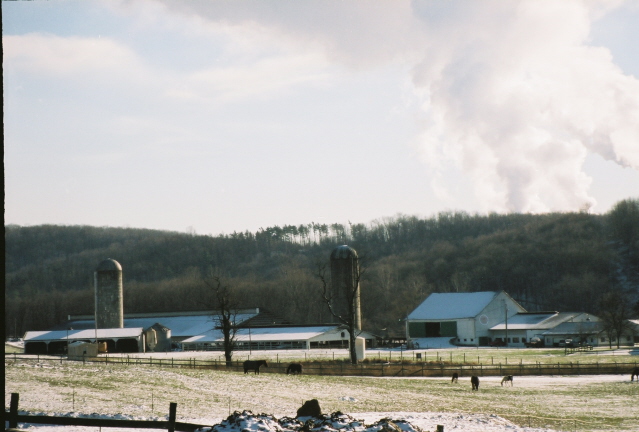|
AIDS in Indiana County Project Three: Solutions
|
|||
|
The Rural Problem |
|||
|
As mentioned, I researched various journals in search of information about the problems rural areas have with HIV/AIDS. Many studies were two-fold, attempting to diagnose the problem, and suggest solutions for it. Numerous studies inquired about “barriers to care,” modifying the original Barriers to Care Scale (BACS) first developed by Dr. Timothy G. Heckman in 199825. Under Heckman’s BACS, there are four sub-groups for barriers to care: geography/distance, medical and psychological, community stigma, and personal resources25. Within these categories lie factors that multiple studies conclude act as barriers to care for people living with HIV/AIDS in rural areas. Geography and distance-related barriers include long traveling distance to medical facilities and personnel, and the lack of transportation to such places24, 25, 26. Under the medical and psychological umbrella, major rural issues in AIDS care include the lack of health care professionals who are adequately trained and competent in HIV/AIDS care24, 25, shortage of psychologists, social workers, and mental health counselors to address mental health issues24, 25, 26, lack of psychological support groups for people living with HIV/AIDS24, 25, medical personnel who decline to provide direct care to HIV-infected individuals24, 25, intentional breaches of confidentiality24, accessibility of “buddy” programs24, and unavailability of substance abuse treatment26. The barriers to care composing the community stigma sub group include the level of knowledge about HIV/AIDS among citizens in a rural community24, 25, and a stigma against persons living with HIV/AIDS (PLWHA)25, 26. As to personal resources, barriers to care consist of a lack of employment opportunities for PLWHAs24, 25, lack of supportive and understanding work environments for such people24, 25, individual personal financial resources25, and the lack of adequate and affordable housing25, 26. The biggest problems of these included HIV-related stigma, a lack of knowledge about HIV/AIDS in the community, long traveling distances to access health care providers and treatment, and the lack of nearby health care professionals who are adequately trained to deal with HIV/AIDS patients. In fact, in one survey comparing the differences between perceived barriers to care in rural and urban case managers cited that 57% of respondents listed HIV-related stigma as a “major problem,” and even more significantly, that 92% of rural case managers replied in this fashion26. One journal specifically addressed the problem of the “Men who have Sex with Men” group in rural Pennsylvania, which was of special interest to me since Male-to-Male Sexual Contact is the number one mode of transmission in Indiana County (Table 4)27. This study found self-esteem, depression, and the heavy use of drugs or alcohol before sexual activity more likely to produce high risk behavior, that is, engaging in unprotected anal intercourse, in homosexual men27. Since there are marvelous new treatments that offset he symptoms of AIDS, many of the men involved in the study engage in risky behaviors because they feel AIDS is a much less serious problem than it is27. The study also reveals that gay and bisexual men living in rural areas have fewer HIV/AIDS educational and health care resources at their disposal27. Further, in the case of homosexual men, the potential for discrimination and stigma is increased further, since rural folk are generally more conservative, more religious, and less tolerant of deviant beliefs, values, or life-styles, and therefore attach a separate stigma to homosexuality, let alone people infected with HIV27. Fear of ostracism forces many homosexual men to hide their sexuality and HIV positive status, which results in a number of problems when it comes to health care27. A different study conducted in North Carolina comparing urban and rural barriers to care revealed that HIV-infected individuals in rural areas were likely to skip doses of antiretroviral drug treatments when in public, to avoid the stigma associated with HIV/AIDS, fearing that taking medicine in public might disclose their HIV positive status26. In such an atmosphere of fear and silence, it is clear how complex the issues and barriers to care are in a rural area. The biggest HIV/AIDS-related problems facing rural communities across the nation can be encompassed in the isolation of the rural lifestyle. Rural communities are isolated geographically, creating a problem with distance and transportation to adequate health care. Another result of such isolation is close community ties, which can result in everyone in a community knowing the life details of everybody else, which leads to fear of stigma attached to HIV/AIDS infected people, should their status be discovered. |
|
||

|
|||
 |
|||
